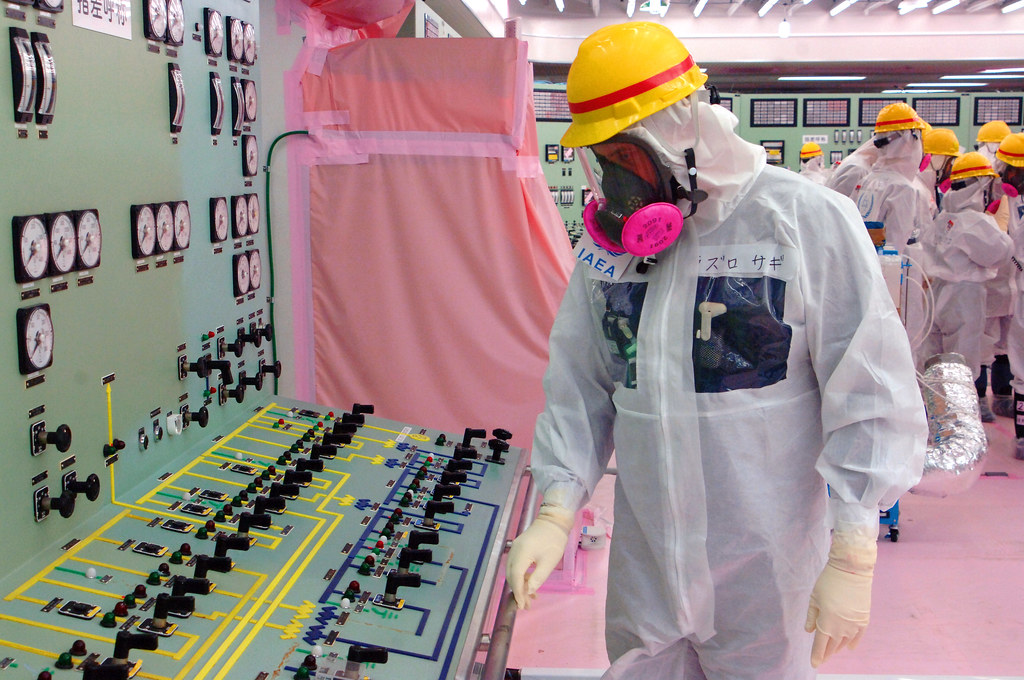IAEA Launches Stem Cell Research to Treat Severe Radiation Skin Injuries
For individuals exposed to intense levels of radiation, especially in occupational, accidental, or therapeutic settings, skin damage can be profound and long-lasting.

The International Atomic Energy Agency (IAEA) has launched a groundbreaking new coordinated research project (CRP) that aims to develop stem cell-based regenerative therapies to address the debilitating effects of severe radiation-induced skin injuries. The initiative represents a major step forward in applying regenerative medicine to treat patients suffering from cutaneous radiation syndrome (CRS)—a painful and often life-altering condition caused by high doses of radiation exposure.
Healing Beyond Traditional Treatments
For individuals exposed to intense levels of radiation, especially in occupational, accidental, or therapeutic settings, skin damage can be profound and long-lasting. While current treatments may alleviate some symptoms, they often fall short in promoting full recovery, leading to chronic wounds, infections, and impaired quality of life.
Recognizing these limitations, the IAEA has launched the CRP titled "Mesenchymal Stem Cell Based Regenerative Medicine Technologies for Treatment of Radiation Induced Lesions." This global initiative will explore the healing potential of adult mesenchymal stem/stromal cell therapy (MSCT) in regenerative medicine, and its application in the treatment of radiation-induced skin injuries.
Regenerative Medicine: A New Frontier in Radiation Injury Care
Regenerative medicine—particularly using mesenchymal stem cells (MSCs)—is showing tremendous promise in healing damaged tissues. These adult stem cells, typically derived from bone marrow, fat tissue, or umbilical cords, possess a unique ability to migrate to injured areas, reduce inflammation, promote tissue regeneration, and enhance blood vessel formation (angiogenesis).
“Regenerative medicine — particularly adult MSCT — has the potential to improve healing and restore quality of life for those affected,” said May Abdel-Wahab, Director of the IAEA Division of Human Health. “This project represents a major step forward in the effort to alleviate suffering and deliver transformative care for individuals living with the consequences of radiation exposure.”
Scientific Support and Global Collaboration
The CRP is the result of years of collaborative research among global experts. One of the leading contributors, Jean-Jacques Lataillade, Director of the Armed Forces Blood Transfusion Centre at the French Defence Health Service, praised the project’s scientific foundation:
“Mesenchymal stem cells represent a promising modality in regenerative medicine, attributed to their inherent ability to migrate to damaged tissues, modulate immune and inflammatory responses, promote cell survival, and stimulate tissue repair and angiogenesis.”
The project will also leverage tissue engineering and biobanking technologies to standardize and improve MSCT procedures. It aims to advance both preclinical and clinical research, in strict accordance with international regulatory guidelines to ensure safety, efficacy, and reproducibility.
Project Objectives and Long-Term Vision
The CRP has four overarching goals:
-
Advance scientific understanding of adult MSCT’s effectiveness in treating CRS.
-
Enhance technical capacities in tissue engineering and biobanking for regenerative medicine.
-
Promote collaboration among research institutions, including partnerships with local mining companies, whose workers are often at risk of radiation exposure.
-
Encourage diversity in research participation, with a call to include women and early-career researchers in project proposals.
Beyond its clinical objectives, the project aims to create a global network of researchers united in their mission to develop equitable, accessible, and effective treatments for radiation-induced injuries.
Invitation to Join the CRP
The IAEA is now accepting proposals for research contracts and agreements from institutions worldwide interested in participating in the project. The deadline for applications is 30 November 2025. Proposals must be submitted by email using the standard template available on the IAEA Coordinated Research Activities website.
Research institutions are especially encouraged to:
-
Include young scientists and women researchers in their teams
-
Collaborate with local industries or medical institutions
-
Demonstrate a capacity to conduct clinical or preclinical studies in line with regulatory protocols
The project will provide participating institutions with access to technical support, global collaboration opportunities, and potential funding to advance their work.
Toward a Future of Patient-Centered Radiation Care
Radiation injuries are not just medical challenges—they are emotional, psychological, and social burdens. By exploring the curative power of stem cells, the IAEA’s new CRP aspires to revolutionize care for patients who have long been underserved by traditional therapies.
As this research moves forward, it brings the global health community one step closer to ensuring that no patient suffering from radiation injury is left without hope or healing.
For more details on the CRP and to access the application templates, visit the IAEA’s Coordinated Research Activities webpage.
ALSO READ
Three terrorists were killed in Operation Mahadev carried out jointly by Army, CRPF, and J-K Police: Home Minister Amit Shah in LS.
Tragic Loss: CRPF Constable's Untimely Death in Chhattisgarh
Hero's Homecoming: CRPF Inspector Jeffrey Hmingchullo Celebrated in Churachandpur
Two CRPF jawans injured in IED blast in Jharkhand's Chaibasa, being airlifted to Ranchi: Police.
Swift Rescue: IAF Helicopter Saves CRPF Personnel










